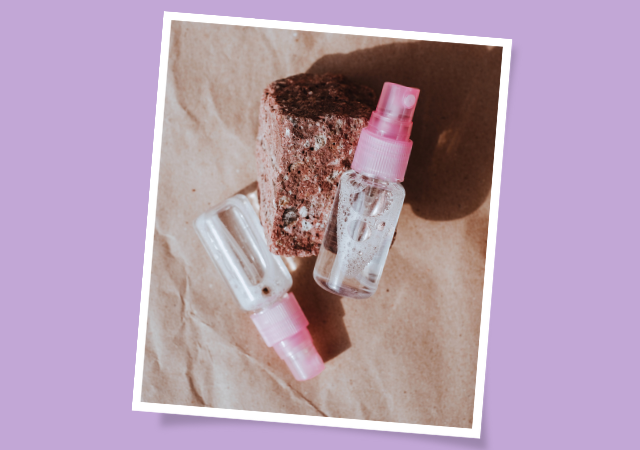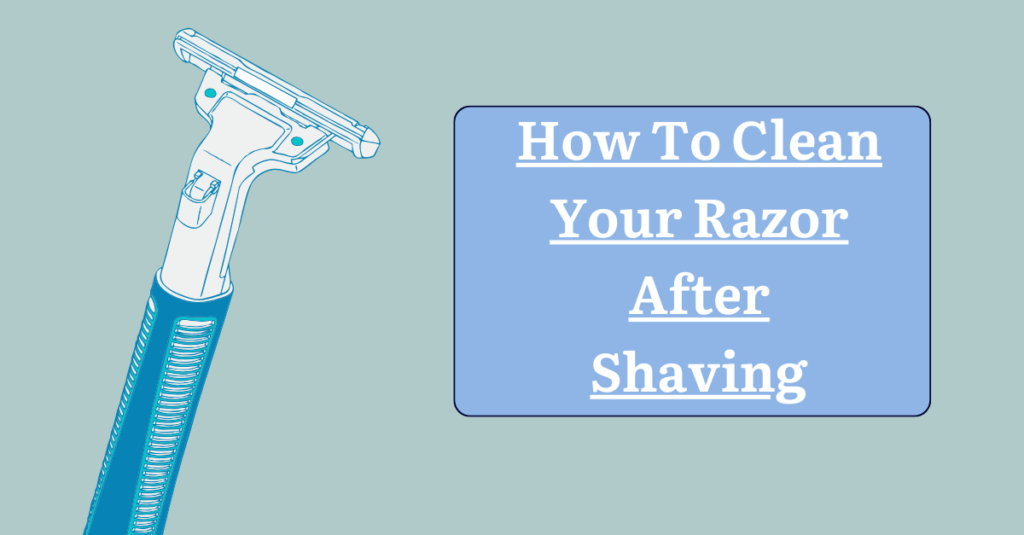How Long Does It Take for Skin to Adjust to a New Toner?
Introduction
In the realm of skincare, toners have emerged as indispensable players, offering a multitude of benefits, from balancing the skin’s pH to hydrating and preparing it for subsequent products. However, the introduction of a new toner to your skincare routine isn’t always a seamless transition. More often than not, it prompts a period of adjustment during which your skin acquaints itself with the new product.
This article explores a common yet essential question: “How long does it take for skin to adjust to a new toner?” Understanding this adjustment period is crucial, as it can help you differentiate between a temporary reaction and a true incompatibility with the product. We will delve into the intricacies of toners, the reasons behind the need for adjustment, and how to navigate this transitional phase with grace and patience. So, whether you’re a skincare novice or a seasoned enthusiast, join us on this journey to uncover the secrets of a harmonious skincare routine.
The Science Behind Toners

Before we delve into the adjustment period, let’s take a moment to understand what toners are and why they are an integral part of skincare. Toners are liquid-based skincare products designed to be applied after cleansing and before moisturizing. They come in various formulations, including alcohol-free, hydrating, exfoliating, and astringent types.
One of the primary functions of toners is to balance the skin’s pH levels. Our skin naturally has a slightly acidic pH, typically around 4.5 to 5.5. Cleansers, especially those with a high pH, can disrupt this balance. Toners help to restore the skin’s pH, making it less susceptible to environmental aggressors and enhancing its overall health.
Additionally, toners can offer various other benefits depending on their ingredients. Hydrating toners contain ingredients like hyaluronic acid to provide an extra layer of moisture to the skin, while exfoliating toners contain alpha or beta hydroxy acids (AHAs or BHAs) to remove dead skin cells and promote cell turnover.
Why Does Your Skin Need to Adjust?

Now, let’s get to the heart of the matter: why does your skin need time to adjust when you introduce a new toner into your routine? The answer lies in the unique composition of toners and the individual characteristics of your skin.
When you start using a new toner, you’re essentially introducing a new set of ingredients and formulations to your skin. Even if the toner is formulated to be gentle and suitable for your skin type, it may still contain components that your skin hasn’t encountered before. This sudden change can trigger a range of reactions, from mild irritation to breakouts or redness.
Moreover, some toners, particularly exfoliating ones, may increase your skin’s sensitivity to the sun. So, it’s crucial to incorporate sunscreen into your daily routine if you’re using such toners to protect your skin from harmful UV rays.
How Long Does It Take for Adjustment?

The duration of the adjustment period varies from person to person and depends on several factors, including your skin type, the specific toner you’re using, and the overall condition of your skin. On average, it can take anywhere from a few days to a few weeks for your skin to adapt to a new toner.
Here’s a rough timeline of what you might expect during the adjustment period:
- Days 1-3: In the initial days of using a new toner, your skin may show signs of mild irritation, such as redness or a slight tingling sensation. This is often a normal reaction as your skin gets used to the product.
- Days 4-7: By the end of the first week, your skin should start to settle down. Any initial irritation or redness should subside, and you may begin to notice the positive effects of the toner, such as improved hydration or a more balanced complexion.
- Days 7-21: During the second and third weeks, your skin should fully adjust to the new toner. It should appear healthier, with a more even tone and texture. If your toner contains exfoliating ingredients, you might notice a reduction in the appearance of fine lines and blemishes.
However, it’s essential to remember that these are general guidelines, and individual experiences may vary. Some people may experience a shorter adjustment period, while others might need more time. If you notice severe and persistent adverse reactions like severe redness, burning, or excessive breakouts, it’s crucial to discontinue use and consult a dermatologist.
Tips for Navigating the Adjustment Period:

Now that we’ve covered the basics of the adjustment period let’s explore some tips to help you navigate this phase with ease:
- Patch Test: Before applying a new toner to your entire face, perform a patch test on a small, inconspicuous area of your skin. This can help you gauge how your skin reacts to the product and whether it’s likely to cause any adverse effects.
- Gradual Introduction: Instead of immediately incorporating the new toner into your daily routine, consider using it every other day or every few days at the beginning. This gradual approach allows your skin to adapt more comfortably.
- Simplify Your Routine: While adjusting to a new toner, simplify the rest of your skincare routine. Avoid introducing other new products during this period to minimize potential interactions and sensitivities.
- Hydration is Key: Ensure your skin stays well-hydrated during the adjustment period. Use a moisturizer suitable for your skin type to help soothe and hydrate any irritated areas.
- Sun Protection: If your toner contains exfoliating ingredients, it’s crucial to apply sunscreen every morning to protect your skin from increased sun sensitivity.
- Be Patient: Patience is key when it comes to skincare adjustments. It’s normal for your skin to experience some discomfort initially, but with time, it should adapt and thrive.
Conclusion
In the ever-evolving world of skincare, introducing a new toner can be both exciting and challenging. Understanding the adjustment period is essential to distinguish between temporary reactions and true incompatibilities with the product.
While the duration of the adjustment period may vary from person to person, it typically takes a few days to a few weeks for your skin to fully adapt to a new toner. During this time, it’s important to monitor your skin’s response, be patient, and make adjustments as needed.
By following the tips mentioned above and being mindful of your skin’s needs, you can navigate the adjustment period with grace and achieve the desired benefits from your new toner. Ultimately, a well-adjusted skincare routine can lead to healthier, more radiant skin.

My name is Rohit Vagh and I’m a content writer specializing in fashion and lifestyle. I have three years of experience in this field and have written various articles. My writing style is creative and engaging, and I strive to create content that resonates with my readers. I have a deep passion for fashion and am constantly researching the latest trends and styles to make sure my readers are up to date. I’m excited to continue my career in blogging, and I’m always looking for new opportunities in the fashion and lifestyle space.





